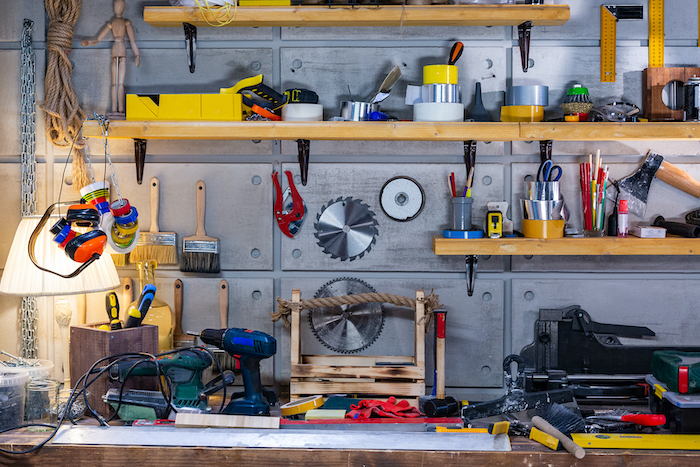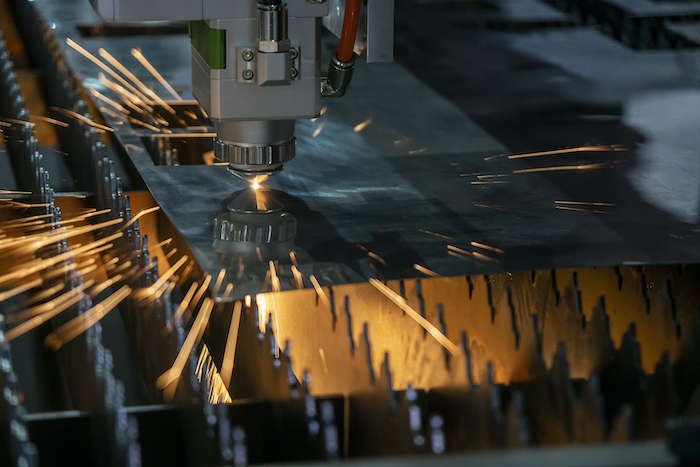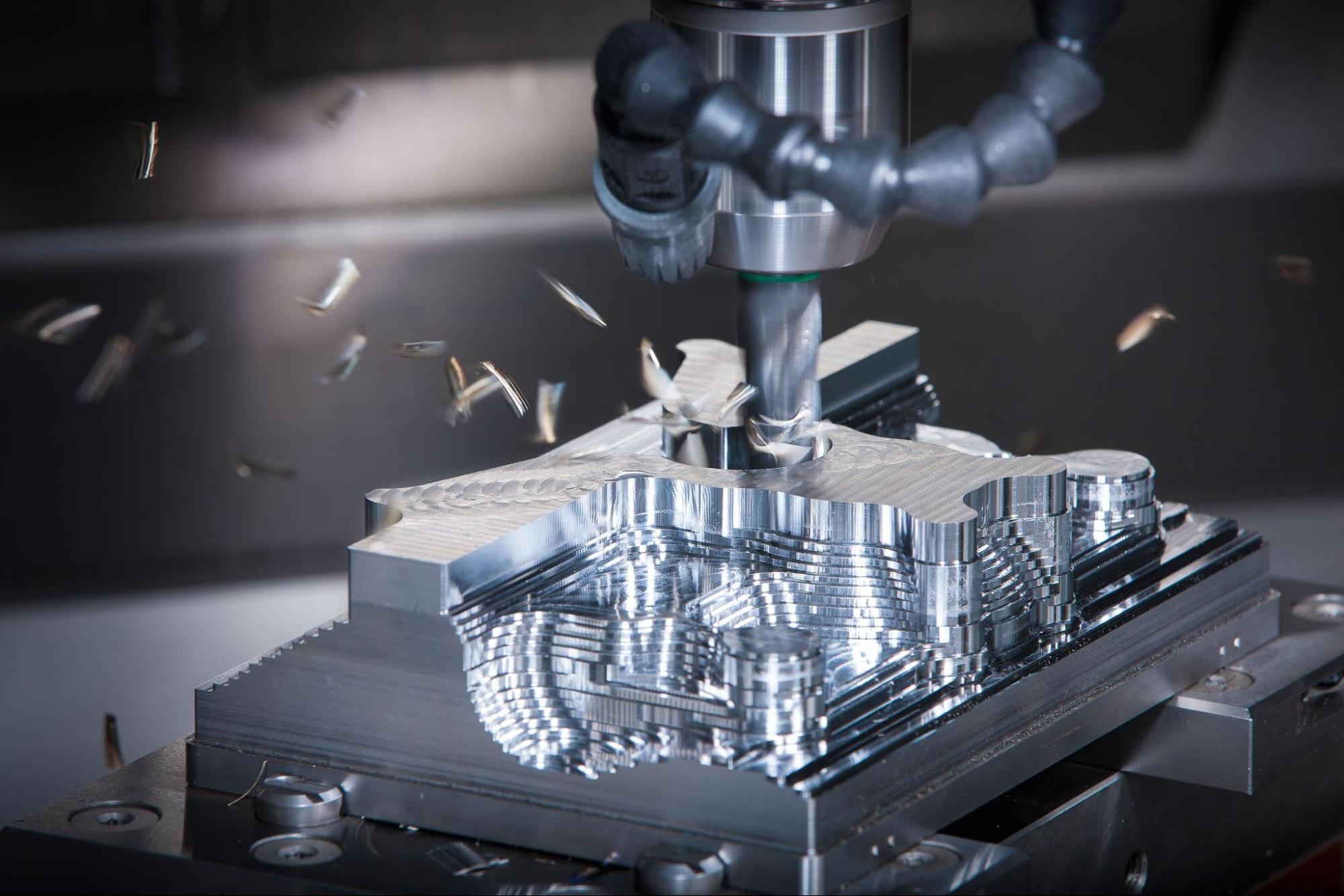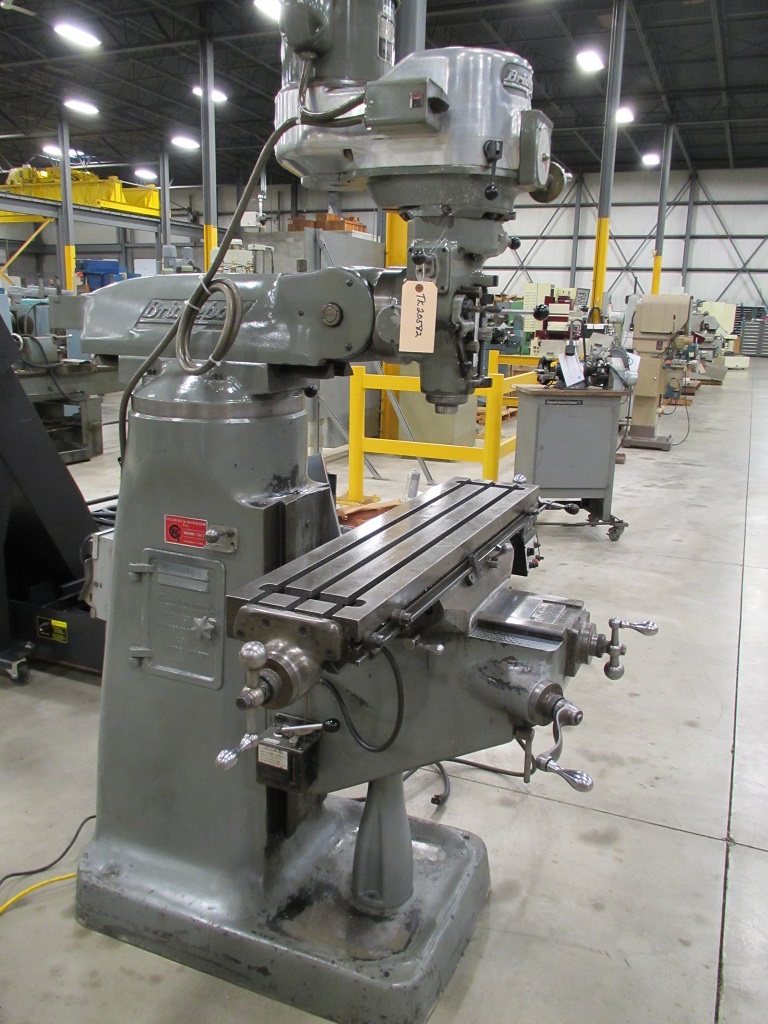Have a great robotics design? Boost your robotics project with these manufacturing options!
There are a variety of ways to make things and you can get pretty far with basic cheap hand tools. However, many times in robotics, components need to be complex. Sometimes robotics need to be made of metal too hard to work with or intricately cut in ways a hand saw can’t manage.
This article focuses on the possibilities available for making different builds from various materials with tools you might find at a local makerspace or by outsourcing to an online fabricator. I’ll also discuss the pros, cons, cost, and accuracy of each method.
I’ll be looking at each factor from the perspective of a maker looking to make a one-off project or prototype, not from a mass production standpoint. I’m going to ignore incredibly expensive or niche methods like metal 3D printing. I’m also going to assume you have relevant experience with CAD design tools to make 3D models of your parts which can be sent out to fabricators, or at least used for reference drawings and cut lists.
Design For Your Own Manufacturing (DFYOM)
If you are at all interested in reducing the cost and time needed for a project, you’re going to want to consider what you have available. Look around for a local library that might have 3D printers available, or a makerspace that may have a CNC router, mills and lathes, welding equipment, or even CNC milling machines and laser cutters.
If you cannot access any of these, that’s okay too, because it’s becoming cheaper and cheaper to have parts made for you online through CNC, laser, and 3D printing services. In How to Build Your Everything Really Really Fast, Battlebots builder and MIT alum Charles Guan covers how to use flat sheets of material for complex builds. This guide is useful for a number of the methods listed below.
Considerations When Comparing Different Methods
The first thing to consider when deciding which method to use to make a part is to determine what sort of features and materials you need.
Maybe you can even modify your design to make it better suited to a particular manufacturing method. Also, don’t forget that off the shelf parts might already exist that fulfill some of your design requirements. There’s no need to reinvent the wheel. If you’re designing a custom pivot and you could use a door hinge, just use that!
Personal Workbench and Power Tools
If you don’t need laser precision for your parts, a good workshop with standard woodworking equipment can get you pretty far.
You can do a lot with paper printed templates, bandsaw, drill press, table saw, etc. These are the foundations of DIY and maker projects after all. If you can make what you want at a makerspace without paying for expensive online services to do it for you, it will be a much more rewarding experience.
You’ll find that woodworking equipment works great on plastics like HDPE, nylon, Delrin/acetal, and more. You can often swap blades and use many woodworking saws on non-ferrous metals. Circular saws often will work for aluminum perfectly fine. You can make a lot with standard extrusions, sheets, and lumber. For instance, I recently managed to cut titanium with just a standard wood-cutting bandsaw. Don’t overcomplicate things if you don’t need to.
Pros:
- Often readily accessible at a makerspace
- Usually able to use scrap or cheap materials
- Works for a wide range of woods, plastics and sometimes metals
- Scales to as large as the tools can handle
Cons:
- Not very precise, and especially difficult to make several marts match and holes line up
- Can be dangerous if you don’t know what you’re doing
- Very time consuming
- Possible to mess up and ruin your part
- Often requires filing, deburring, or sanding to clean up rough saw-cut edges and holes
3D Printing
Our good old friend 3D printing. As most readers here probably know, 3D printing allows for the creation of nearly limitless complexity, though not such incredible precision. Don’t expect to have your parts precise to within fractions of a millimeter.
However, even structural parts are not outside the realm of possibility, and the flexibility 3D printing allows for is incredible. It’s also easy to combine 3D printing with structural metal parts and use the prints as brackets, mounts, and braces.
Pros:
- Nearly limitless complexity
- Threaded inserts are easy added for threaded connections
- Very affordable in most plastics
- Range of materials from PLA to flexible filaments to Nylon and engineering plastics
- Can be used for low-cost mechanical elements like gears and pulleys, interface with electrical components, and more
Cons:
- Takes forever. If you need a reasonably sized part close to the max print volume it could take days
- Strength is not as good as solid plastic
- Size: Even large printers can only make parts within a limited volume about a foot square
- Printing with engineering plastics is often very difficult and expensive
Laser Cutting
Laser cutting can be used on plastic, wood, paper, fabric, metal, and more. Specialized fiber laser cutters work on metal but not any other materials. CO2 lasers found at many makerspaces are limited to wood and plastic.
Pros:
- Very fast and accurate. Parts can hold very tight tolerances especially in thinner sheets
- Able to make essentially any 2D cuts with the right machine
- Even metal laser cutting is pretty affordable through online services. Not as cheap as plastics though
- Tab and slot construction allows for very complex, strong 3D assemblies which can then be welded, glued, or bolted together
- Fiber lasers work for basically any metal up to a given thickness, varied by material
- Great for big, thin sheet goods. Online fabricators can make parts several feet across
Cons:
- Limited to 2D geometry
- CO2 lasers which are more commonplace have strict material limitations. Many plastics produce toxic fumes or catch fire. Certain plywood glues can catch fire as well
- May have limited thickness capabilities
- While surface etching is possible, no good way to cut ‘partway through’ consistently
- Cutting thick materials often leaves rough edges, maybe even tapered due to the heat spreading and melting away more below the surface
- Requires post-processing for press fits or bearing fits
- Difficult to precisely tolerance tabs and slots to fit well
Note: Waterjetting is a similar process but exclusively for thick materials, and it can get through extremely thick slabs several inches thick, but is very expensive. No heat-affected edges, but sometimes rough.
CNC Routing
CNC is an incredibly detailed topic on its own. Although 3D printing has a bit of a learning curve, you can get away with surface knowledge and do it yourself.
CNC is not like that, often requiring weeks or months to get a handle on it. That said, online fabricators have professional operators who will take care of all the hard work. Parts can be made from plastics, wood, and soft metals. Many makerspaces have small or large CNC routers built to handle plastic and wood perfectly, and can even engrave metal.
Pros:
- Extremely precise, often much better than 3D printing.
- Relatively fast to machine, though the setup time and effort can be very long
- 2.5D features like pockets and slots are no problem. With some more fancy programming, 3D contours are doable
- With good practice and workholding, can make features on several sides of a part
- Very strong parts from wood and plastic
- Machines like a Shopbot or Shapeoko/X-Carve when used properly will easily machine aluminum
- Machines can sometimes make part several feet across, but even smaller machines usually have bigger work areas than a 3D printer
Cons (DIY/makerspace):
- Lots of work in CAM if you want to DIY it. That can be very time consuming even if you know what you’re doing
- Much more involved than laser or 3D printing. Need to understand feeds/speeds, workholding, etc.
- Can be very messy, requiring lots of cleanup of sawdust or chips, not to mention tearout or machining marks on the parts themselves (removing tabs for instance)
- Extra costs for tooling, getting the right end mills for the material, feature size, etc.
Cons (In General)
- Online services can be costly, especially for metal parts
- Need to account for the tool radius on any internal corners. No sharp corners can be cut with a round cutter.
- Requires overshooting corners to make tab-and-slot designs which can look ugly or weaken the part
- CNC Milling and Turning For Metals
CNC Milling and Turning For Metals
CNC milling is at least as complicated for a Maker as CNC routing, but it’s easy to find online services that can make very accurate and complex parts, sometimes even with four- and five-axis machining. This allows for nearly as complex of a part as 3D printing (provided it’s solid with no overhangs) but it will certainly cost you once you go beyond the capabilities of a three-axis machine.
Fabricators also often offer post-processing like tapping, sandblasting, or anodizing.
Pros:
- Extremely wide selection of materials from engineering plastics to aluminum and steel
- Ultra precise parts with extremely accurate features to fractions of a millimeter. Often orders of magnitude better even than what a router can do.
- Surface finish can be excellent without needing cleanup
- Parts can be incredibly strong and made of exotic materials
Cons:
- Can be very expensive, especially for a single part
- Price gets much higher if moving to 4 and 5 axis
- Lead times can be much longer than laser and 3D printing services if your part needs special setup
Manual Milling and Lathe Turning
Something of an honorable mention here. In today’s world full of online CNC fabricators, manual machining is a bit of a lost art. However, as someone who went to university to study Mechanical Engineering, I have an appreciation for what can be accomplished on a manual machine.
I’m no machinist but I know my way around a Bridgeport mill. Often you’ll end up in a situation where you want to drill a quick hole pattern and cut down a square plate, turn down the diameter of a shaft, or other simple operations fit for a manual machine. Many makerspaces have these machines available and people who can teach you to use them.
Pros:
- Quick simple parts in plastic and metal are no problem
- Can make almost anything 2D or 2.5D with only 90-degree angles, holes, bores, and slots
- Size constraint is anything that fits in a machinist vice or a lathe chuck
- Works on hard steels with the right tools
- Great for learning the fundamentals of fabrication and what features add complexity to a part
- Enjoyable and fulfilling to learn the basics and to master, with tons of online resources and guides
Cons:
- Getting beyond simple geometries and 90-degree angles can be extremely time consuming and difficult, especially without a Digital ReadOut (DRO)
- Lathes especially can be extremely dangerous when used improperly
- Very easy to ruin a part with a simple mistake and lose hours of work (humans, am I right?)
- Might require purchasing specialized tooling (just like the CNC routers)
- Requires time to learn and practice to get good at it
Manufacturing Options No Matter the Budget
Hopefully this sheds some light on what is available for making things, and how to compare the different processes. Much of this information comes from what I’ve learned by watching Youtube channels from makers, by using many of these processes myself for DIY projects and robots, and in my (currently short) time as a professional mechanical engineer. Remember, there’s always info out there for those who want it!








